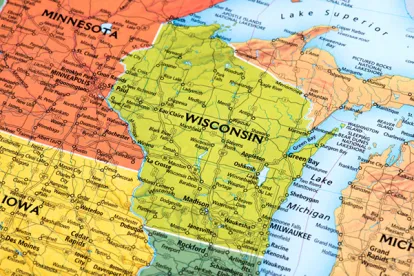On Thursday, April 16, Wisconsin Governor Tony Evers issued Emergency Order #28 that is effective at 8:00 a.m. on April 24 and will stay in effect until 8:00 a.m. on May 26. Much of the new Order remains the same as Order #12 which is currently in effect with respect to the remodeling industry and will stay in effect until April 24 when the new Order serves as its replacement. However, there are a number of new provisions that potentially affect the industry and could potentially create confusion. As such, it is very likely that there will be considerable commentary and potentially further guidance from state and local health officials with respect to the Order’s impact on the remodeling industry. We highly recommend that members of the industry carefully analyze the definition of "Essential Business" under the Order to determine if a business qualifies for the exemption and, if so, what responsibilities the Order places on the business’ employees, activities and operations.
Similar to the prior Order, Essential Businesses and Operations (“Essential Businesses”) are encouraged to remain open. However, unlike the prior Order, Section 2.b.ii of the new Order now imposes a number of requirements on Essential Businesses including complying with Social Distancing Requirements to the greatest extent feasible, restricting the number of workers present on premises to no more than is strictly necessary, increasing standards of facility cleaning and disinfection, and adopting policies to prevent workers from entering the premises if they have symptoms or have had contact with a person with a confirmed diagnosis of COVID-19. It is imperative that remodelers that wish to continue operations while the Order is in effect take steps to address these mandates.
Section 13.n. of the Order did not change from the prior Order. According to this section, the critical trades are all classified as Essential Businesses. Further, according to Section 13.m. and 13.r. of the Order, hardware stores and businesses that sell construction materials, together with other suppliers of Essential Businesses are also considered Essential Businesses. However, it is important to note that the Order provides that suppliers of Essential Businesses may only perform those operations which are necessary to the Essential Business to which they are supplying goods or services. It is not clear if the new language will have a material impact on the supply chain.
Many in the remodeling industry remain Essential Businesses under Section 13. However, not all players in the industry are covered. An example is landscapers. Under the prior Order (until April 24), landscapers were not considered Essential Businesses unless they were applying pesticides. Under the new Order landscape businesses still are not considered Essential Businesses. However, Section 14.g. of the new Order allows lawn care businesses to perform services if the operations are performed by one person as not more than one person is allowed on the site at a time.
Unfortunately, language in Sections 10 and 14.g. of the Order may create confusion for some in the industry. Section 10 governs Essential Infrastructure which is defined to include all housing construction. However, the new Order also states that “optional or aesthetic construction should be avoided except as permitted as a Minimum Basic Operation”. While this new language does not prohibit optional or aesthetic construction, it does recommend that such activities be avoided except as expressly allowed under 14.g. of the Order. Under 14.g. businesses that are not Essential Businesses and, therefore are only allowed to perform Minimum Basic Operations, are allowed to perform optional exterior work so long as the work does not require more than one person on the site. As indicated above, this type of internal inconsistency is likely to cause confusion and may lead to additional guidance from state and local health authorities.
The remodeling industry must address a number of issues under Emergency Order 28. Each participant in the industry should carefully consider its classification under the Order, adopt appropriate policies and procedures, address its contracts in light of the Home Improvement Practices Act, and analyze its ability to acquire permits for the work it desires to perform in different municipalities.




 />i
/>i
